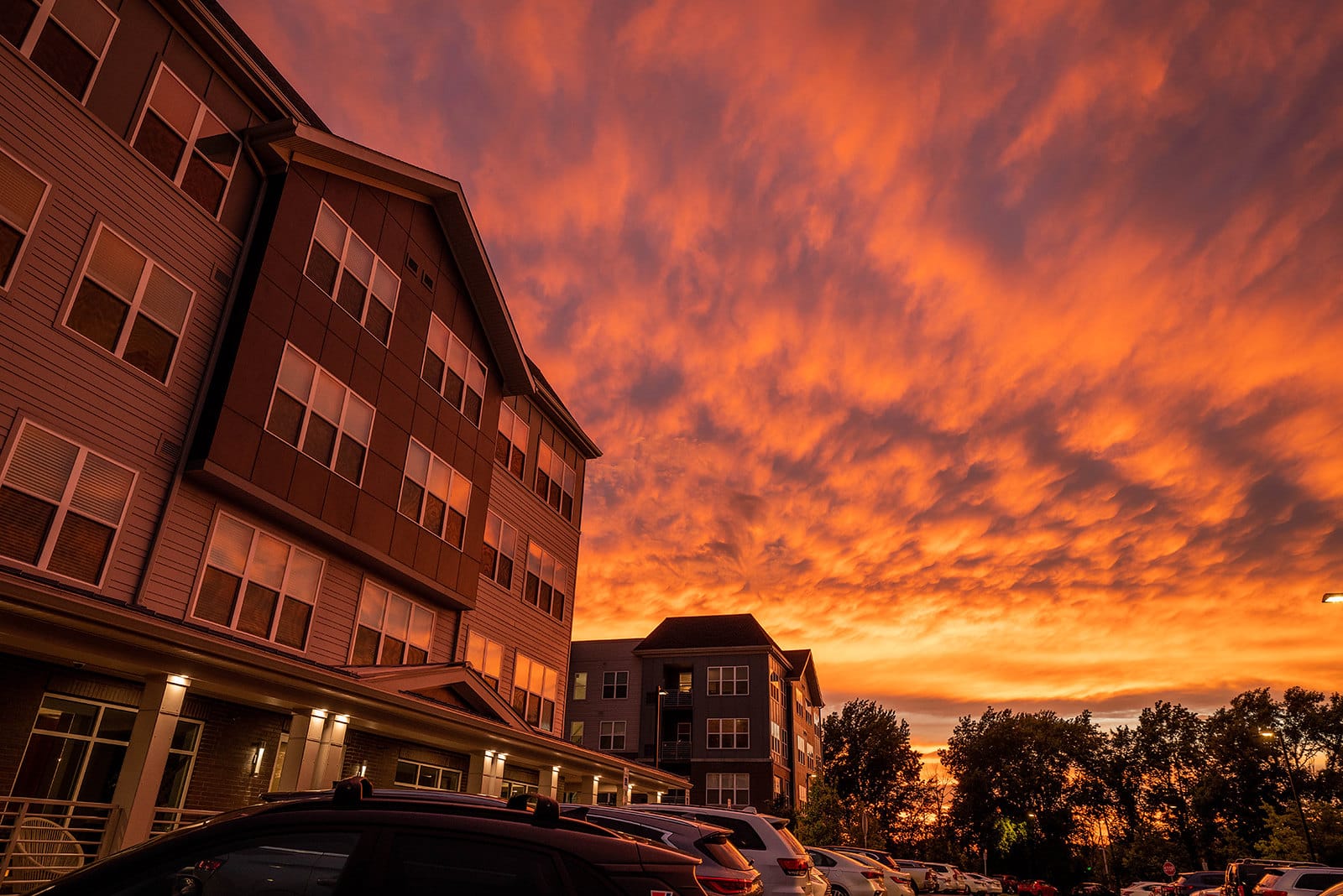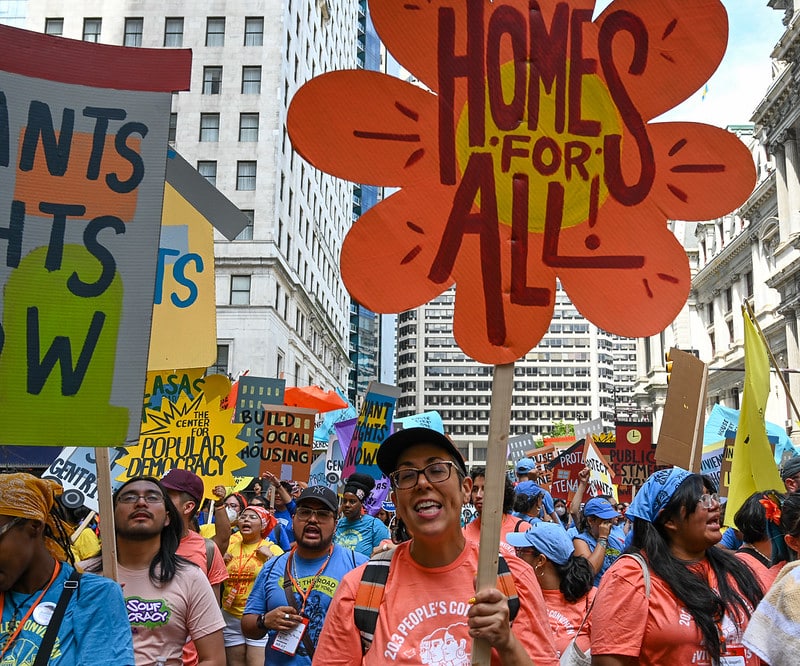Poverty rates are on the rise and more Americans are living in poverty than at any other time since the Census Bureau began measuring its occurrence. According to 2006-2010 American Community Survey (ACS) figures, 40.7 million people have incomes below the poverty line. The increasing prevalence of poverty in the United States is in part a factor of the recent economic recession. But high poverty rates are also reflective of a systemic situation in which too many Americans have been left behind or shut out of our nation’s economic promise and prosperity.
While the incidence of poverty is increasing for the nation as a whole, there are a number of communities that have experienced high poverty rates for decades. Persistently poor counties are classified as having poverty rates of 20 percent or more in 1990, 2000, and 2010. Using this metric, there were 428 persistent poverty counties in 2010. These counties experiencing long-term poverty are largely rural, as 86 percent of persistent poverty counties have entirely rural populations. Rural communities with persistently high poverty rates are often geographically isolated, lack resources and economic opportunities, and suffer from decades of disinvestment. The continued persistence of poverty is most evident within several predominantly rural regions and populations such as Central Appalachia, the Lower Mississippi Delta, the southern Black Belt, the Colonias region along the U.S.-Mexico border, Native American lands, and migrant and seasonal farmworkers.
Overall, there are more than 21 million people living in persistent poverty counties. Nearly 60 percent of the population in these communities are racial and ethnic minorities, and the median household income is $31,581(40 percent less than the national median income). There are more than 5 million people living below the poverty line in these counties, with an overall poverty rate of 25 percent. The poverty rate for minorities in persistent poverty counties is even higher at 32 percent – more than twice the national level.
A highly visible impact of this economic distress can be seen in these areas’ housing conditions. The incidence of housing units lacking adequate plumbing is more than twice the national rate, and nearly 400,000 households in persistent poverty counties live in crowded conditions. Additionally, while housing costs are relatively low in many of these communities, more than half of all renters in persistent-poverty counties experience housing affordability problems and are considered housing cost burdened.
One of the more distressing trends is that the number of persistent poverty counties is actually increasing. In 2010, 48 counties were added to the persistent poverty list, constituting a net increase of 8 percent from the year 2000 level (16 counties lost their persistent poverty status in the same time period). While some of these newly classified counties are adjacent to traditional long-term poverty areas, the increase in persistent poverty status was most notable in the West, especially in California’s San Joaquin Valley, and Washington State.
For more information on poverty in rural America, visit HAC’s website.




Comments